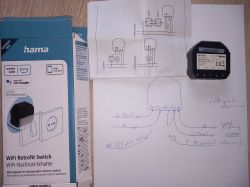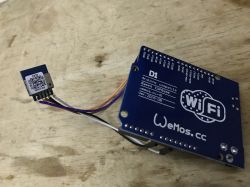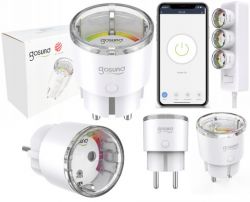Hi.
I have a problem with connecting the flush-mounted control module from Hama.
I don't know if I understood the instructions correctly.
I would only like to connect the module between the power cable and the socket - I'm not interested in connecting the light etc.
I have attached a drawing and I would like to correct or confirm it if necessary.
I have no idea where to plug in the earthing cable (PE - protective conductor).
Also from the instructions it appears that on the output "Lout" I would have to plug in the neutral cable "N" - I do not know if this is a correct connection.
Please help and possibly a breakdown of what to plug in where.
I only want to control whether the socket will be powered or not.
Greetings
 .
.
I have a problem with connecting the flush-mounted control module from Hama.
I don't know if I understood the instructions correctly.
I would only like to connect the module between the power cable and the socket - I'm not interested in connecting the light etc.
I have attached a drawing and I would like to correct or confirm it if necessary.
I have no idea where to plug in the earthing cable (PE - protective conductor).
Also from the instructions it appears that on the output "Lout" I would have to plug in the neutral cable "N" - I do not know if this is a correct connection.
Please help and possibly a breakdown of what to plug in where.
I only want to control whether the socket will be powered or not.
Greetings
 .
.






